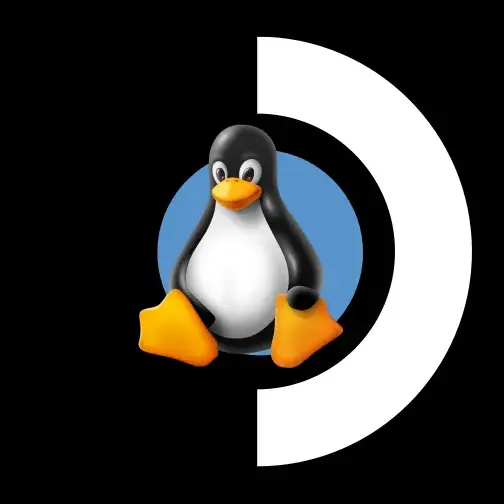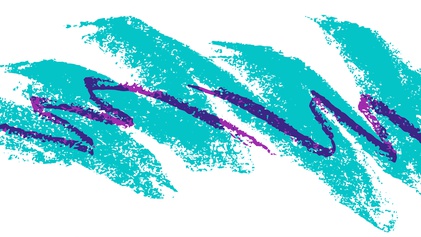I think we’re only missing Wham! Last Christmas for my nightmare list from working retail.
Well, and anything from the Amy Grant Xmas album, but that’s my dad’s fault.
Oh wait, can’t forget Christmas shoes… (Shudders involuntarily).
I think we’re only missing Wham! Last Christmas for my nightmare list from working retail.
Well, and anything from the Amy Grant Xmas album, but that’s my dad’s fault.
Oh wait, can’t forget Christmas shoes… (Shudders involuntarily).


Love it. Gives a new meaning to JBOD too: junk box of disks!
Makes for a pretty good song too.

“Please note that I am not deducting points because you have certain beliefs,” the instructor wrote in feedback obtained by The Oklahoman. Instead, the instructor said the paper did “not answer the questions for the assignment.”
The paper “contradicts itself, heavily uses personal ideology over empirical evidence in a scientific class, and is at times offensive” the criticism went on.
Open and shut. This student deserves the failing grade.
Drei bier ist auch ein schnitzel und dann hast du nichts getrunken.
Three beers are also a schnitzel and then you drank nothing.
I don’t speak German, but this phrase spoke to me.

As a kid that didn’t understand lactose intolerance until my 20s, this would be life-changing. Instead of discomfort and the urge to shit my pants on a daily basis, I could have felt normal. I regularly had to stop and clench my cheeks together on the walk home from the bus stop after holding farts in all afternoon.


“The business case doesn’t add sufficient value for the customer. We need to prioritize creating a lickable UI.”


I think this is the right answer.
If the drive isn’t ext4 formatted, steam os won’t automatically mount.
Here’s a tool that seems to be able to do it for any drive: https://github.com/scawp/Steam-Deck.Mount-External-Drive


For sure.
I am excited to see more arm-based Linux devices for consumers. And the Snapdragon-based VR is exciting on that front.
It definitely won’t change anything for tomorrow or next year, but it does make me hopeful that better support is in the relatively near future.
Missed opportunity for jazz.

I run Bazzite and Garuda (with the cachyos kernel). Only the Garuda box is Nvidia and has been great since kde+Wayland+Nvidia stabilized a year or so ago.
I think any of them (including cachyos) is a good choice. Optimization is diminishing returns, so I’d be looking for a distro with the default settings and tools I like as a much higher priority.
For example, I like Garuda’s btrfs with automatic checkpoints on upgrade so I can just send a garuda update (which is pacman Syu with bells and whistles) and almost ignore the output even when I get lazy and don’t update for a month. Don’t take this as a recommendation to ignore updates on an arch-based distro. There will eventually be consequences.
With bazzite, updates really are in the same class because of the immutable base. But I’m also deep into containers and have no issue with the ergonomics of layering and management, which are improving, but definitely not very newbie friendly.
Anyway, give them test drives. You’d be surprised how much changing a package manager can impact your ability to do things for a while if you aren’t familiar.


They mentioned it at the bottom of the blog: works ok Linux and macos. And they want you to enable it because there a bug they’re trying to reproduce.
TRS-80 then IBM PCjr here. Both hand-me-downs though.
Mom wouldn’t let me on the 386 until I could touch-type and write a program in BASIC. She was a Cobol and IBM RPG programmer.


“Vexillophile” is a word you probably won’t ever need again.
Omg thank you for the money!


It will depend on where you live.
Many US states have laws that carve out exceptions for work done on your own time and equipment. If the contact doesn’t call these out as exceptions somewhere, it’s a lazy contact.
I see. Yeah, that compose file is gross unless you’re running this on a dedicated vps, and even then…
I haven’t run snikket before, but it looks straightforward to me. Maybe the documentation has improved?
Cowboy caviar